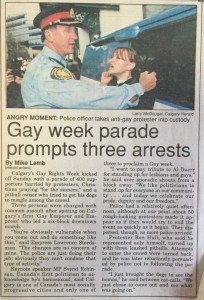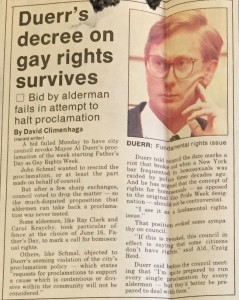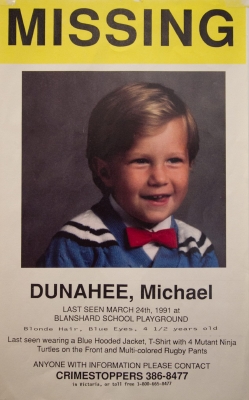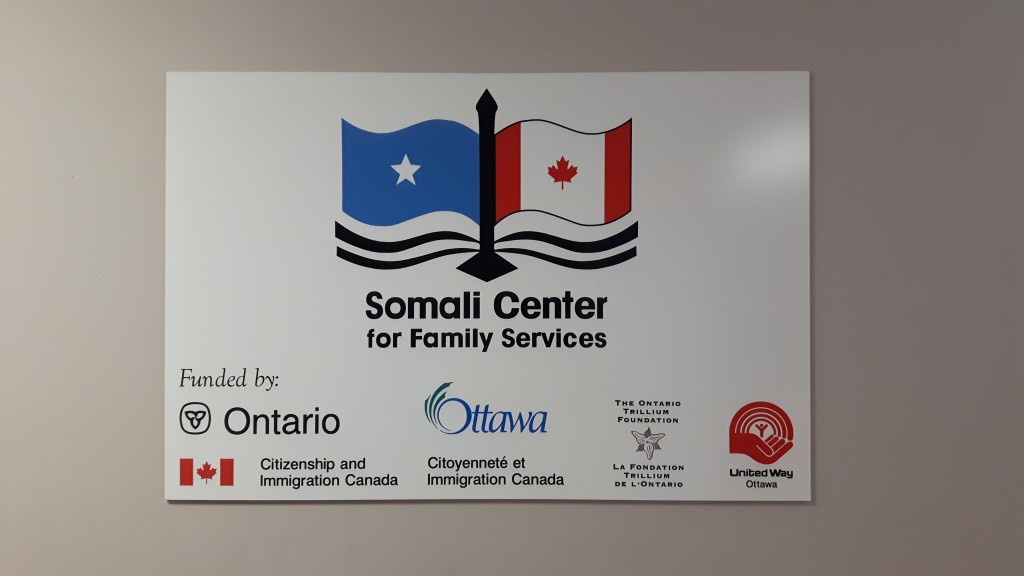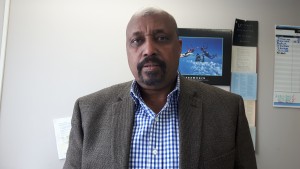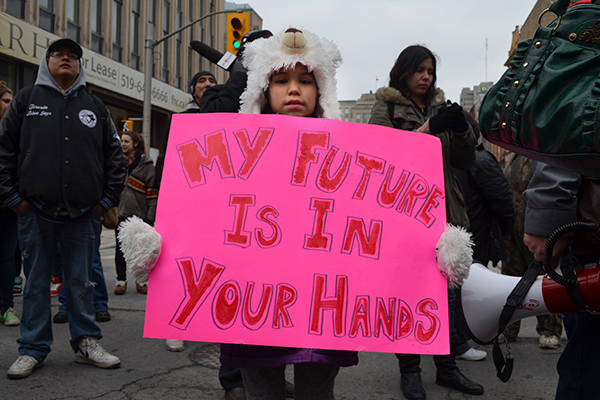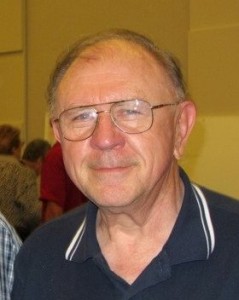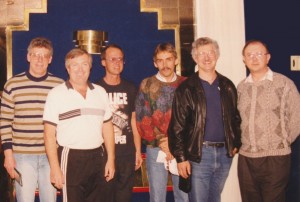Sometimes historic headlines end up as nothing more than footnotes buried in the past.
The 25th anniversary of the first female premier in Canada is a reminder that not long ago there were no women leaders in this country at all. With only 11 female premiers and one prime minister ever, it’s also a reminder of how little representation there is at the top.
“We still have disproportionately fewer women in elected political offices across the country at all levels of government, than we should,” said Margot Young, a law professor at the University of British Columbia. Her research focuses on social justice and equality. “And there is still discriminatory reporting and analyzing of those women in those positions in power.”
On April 2, 1991, Rita Johnston took over as the first female premier in British Columbia. She was the first female leader at the provincial or federal level in Canada.
The media barely paid attention to her break through the political leadership glass ceiling. National newspapers and international wire services gave it no more than a line or two of recognition.
women in politics. The first female premier of a territory took over later in 1991 and in 1993, PEI got its first female premier. Then Kim Campbell became Prime Minster.
Johnston’s role seems more of a blip in retrospect. Despite making up slightly more than 50 per cent of the Canadian population, there wasn’t another woman in a leadership role until 2000.
Why didn’t Johnston usher in a new era of female political leadership in Canada?
“Rita Johnston wasn’t seen as someone who was supporting women in particular,” said Jill Vickers, a political science professor at Carleton University.
“She wasn’t someone who had any kind of feminist profile.”
Not a feminist, and perhaps she didn’t see herself as doing anything out of the ordinary.
She was a wife, mother and grandmother when she became premier. She’d also been a hard-working businesswoman, running a trailer park and managing a finance company before entering politics.
The idea that women haven’t historically been wives, mothers and workers outside of the home is a myth, or at least a generalization. Blue collar and working class women have worked as long as there have been factories and shops to work in. Providing income was a way of taking care of the family, much like it is now.
What pushes Johnston’s accomplishment a step beyond this was her position as a leader. Further, she was chosen as for that role by her fellow members of the Social Credit party.
Part of the problem in giving her a place in the history books is that scandal overshadowed her term. The reason the premiership was available is that William Vander Zalm, the former provincial leader, resigned due to serious conflicts of interest. News articles covering her leadership focused more on her association with the disgraced Vander Zalm than her role as female trailblazer.
Yet she was the first and her role may have helped to cement the idea of women leaders in the minds of Canadians at some level.
“The presence of any new category of people in politics has an impact, there’s no doubt about that,” said Vickers.
It’s been 25 years and Canadian provincial and federal governments still fall short of representing gender distribution in this country. Yes, Justin Trudeau instituted gender parity in his Cabinet and there are more women in leadership positions in provincial and federal Canadian politics than there were in 1991. But not many more.
If Rita Johnston began anything in becoming the first female premier, it was helping to get Canadians used to the idea of seeing women leading at a higher level. Now it’s time to see women in power move beyond the headlines and the endnotes, and let them star in the history books.
All of my newspaper articles were found using LexisNexis, through Carleton University library database access:
The Wall Street Journal was a very brief hits that noted Rita Johnston as the first female premier. It was helpful in demonstrating how little fanfare was given to this event.
The Globe and Mail article demonstrated that even when longer articles were written on the occasion of Johnston becoming premier, they focused more on the Vander Zalm conflict of interest resignation.
The Financial Post article demonstrated that articles written about her didn’t even necessarily address that she was the first female premier. It seemed to be a non-event.
The information for the timelines was obtained using Wikipedia. It corroborates with information found from other sources but synthesizes the format to create a consistent visualization. It was helpful to see all of the female leaders in one place, with the dates they were in power over the past 25 years. It helped contextualize how little the impact Rita Johnston and the other female first ministers have had on the political landscape.


